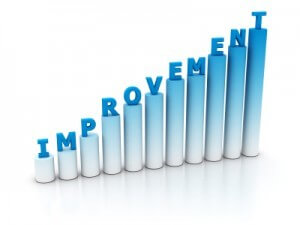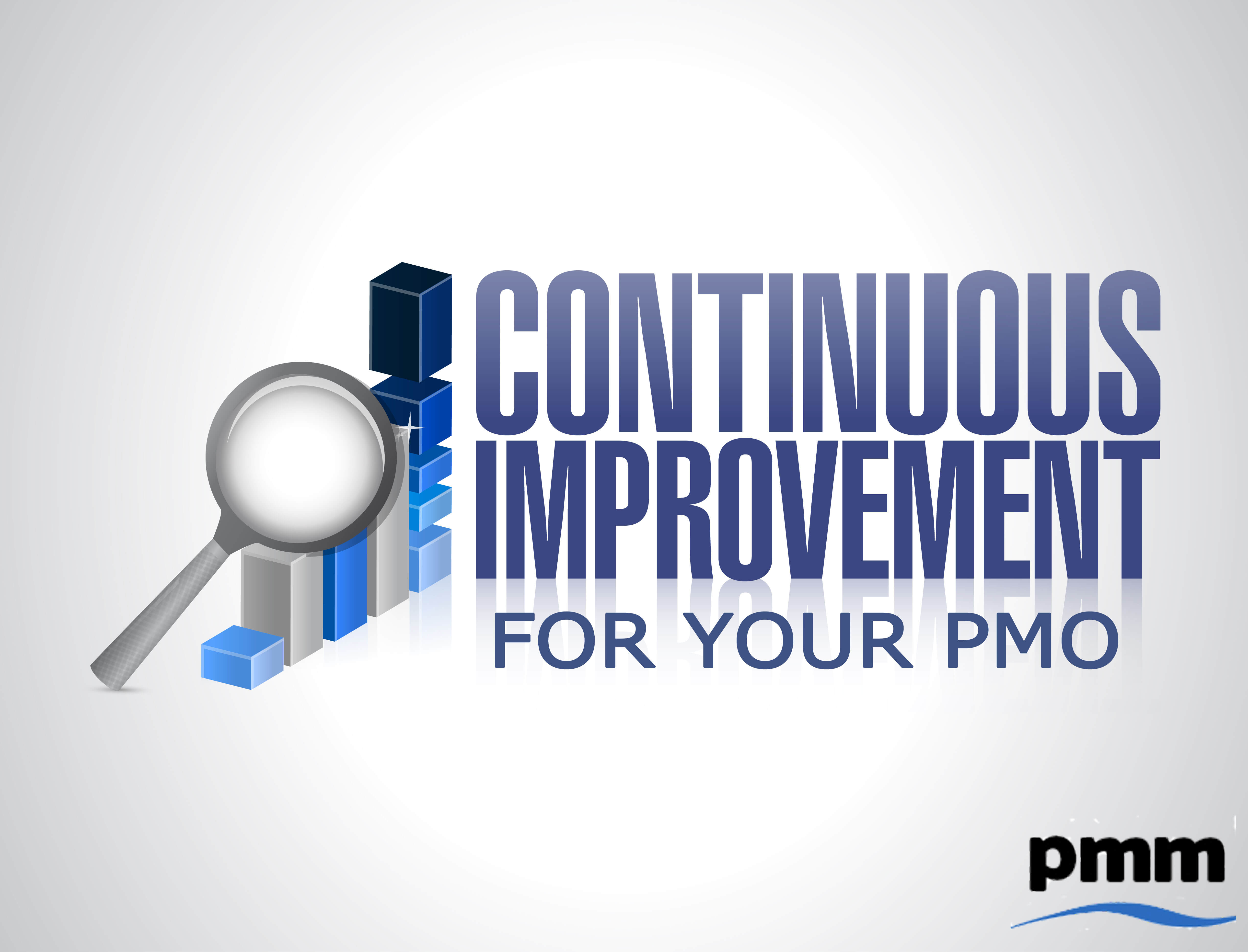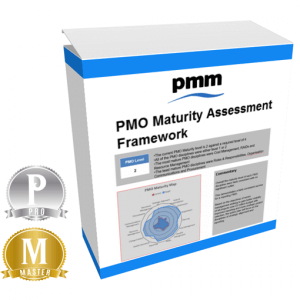 To design and implement a PMO can be hard work. It obviously helps if you have set one up before or have the appropriate tools and methodology. Therefore, it is understandable that when it is up and running, the PMO manager can think their set-up work is complete. While this may be technically true, the reality it is not.
To design and implement a PMO can be hard work. It obviously helps if you have set one up before or have the appropriate tools and methodology. Therefore, it is understandable that when it is up and running, the PMO manager can think their set-up work is complete. While this may be technically true, the reality it is not.
Up until recently there was an analogy in the UK where something could be referred to as being “like painting the Fourth Bridge“. This is a structure spans the Firth of Forth connecting Edinburgh to Fife. The statement comes from the (myth) that as soon as the work teams finished, they had to start again. The PMO is similar, just because you have set it up, your are not finished, you need to ensure regular maintenance. In fact, unlike the Forth Bridge, you should be looking to improve.
Why continuous improvement is important
A PMO needs to demonstrate and increase value. Therefore, it makes sense for the service offering to be continually improved as part of the maturity process. The reason being that improving the service equates to improved oversight / delivery resulting in increased value for the organisation. So if you run or work in a PMO, always be striving to improve the service.
How to improve?
The process for continuous improvement should not be difficult or hard. It should be practical and based on real world events. What is important is having a structure and process to capture where improvements should be made.
Regular Reviews
Make sure that you have routines to regularly review tools and processes among the PMO team members. The people executing the routines will know what works and what does not.
Feedback
Make sure that there is a process to capture feedback from stakeholders such as project managers, project teams, etc. While many will volunteer information without you having to ask, others may need to b encouraged (especially more junior resources or those from cultures not used to providing feedback that can be perceived to be bad).
There are other sources. The key is having a process that has been communicated, to capture the points as they arise.
On a regular basis, probably monthly, the PMO should review all of what has been captured and determine which ones need action. Plans should be developed to incorporate the enhancements (note: it is advisable that changes are discussed with those who made the observation to test that the proposed changes to ensure they will make the required difference).
However be mindful of…
Allow Changes to “Bed Down”
When new processes are introduced, it can be painful and users may re-act badly if they don’t achieve the desired outcomes on day 1. However, it is important to allow new processes to have a period to settle and resist the temptation to make changes. It also allows other feedback to be captured. I have often set a period of x weeks to allow the processes become stable and let people know that feedback will b captured but no changes will be made until the defined period has passed. Obviously if something critical arises you may need to make a quick change.
Giving Notice of Changes
A common complaint from project managers is changes are advised last minute meaning everyone is under pressure to adopt the new change. Make sure that changes are clearly communicated ahead of when they will be introduced. Provide training and support to ensure the implementation is trouble free. If you are moving to revised templates, the PMO can help ease the transition by copying data from the previous templates for the project teams (this is a sure way to build good working relationships).
Frequency of Change
Closely linked to the “Bed Down” point. Do not make changes to often. Try to have a set schedule for maintenance updates. You may want to start with monthly and as the PMO becomes more mature move to quarterly. This means that the stakeholders know when to expect updates.
In summary
A PMO must adopt the mindset of continuous improvement so as to increase the value it adds. The process to capture and implement improvements should not be complicated. Being mindful of the impact of changes, clearly communicating and supporting, will vastly improve the outcome of implementing enhancements to the service offering.
Continuous PMO Improvement Resources
If you are looking to start or continue your journey of improving your PMO, you may be interested in the PMO Maturity Framework. THis is a tool developed by PM Majik that allows the rapid implementation of a PMO maturity review process to capture current and target states so that a PMO improvement plan can be developed.
To find out more visit PMO Maturity Framework.



